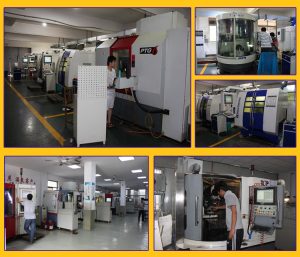
Since the coating of the cutting tool is beneficial to the processing of the macro size, there may be reason to deduce that the tool coating is also advantageous for small size machining. If the coating is properly applied and the coating thickness is thin enough to pass the microcrystalline edge, some researchers may agree with this view. However, these researchers have not yet finalized whether the micro-tool coating is conducive to processing, as well as the best way to coat.
In order to understand how to more effectively the micro-tool coating, some universities are carrying out relevant research. This paper is a study of the University, including the deposition of diamonds and other coatings on micro-tools, the selection of preferred coating methods, and the study of different workpiece materials on the coating tool response.
Application of an increasing number of diamond coatings
One of the challenges for diamond coatings is the adhesion of the coating to the tool surface. A team of researchers from the University of Wisconsin-Madison, the University of Pennsylvania and the Argonne National Laboratory has deposited a layer of transition on micro-end mills to enhance the adhesion of diamonds, And deionized water were tested on a 300 μm double-slot micro-end mill. According to Flank E. Pfefferkorn, assistant professor of mechanical engineering at the University of Wisconsin-Madison, one of the purposes of this test is to create a mechanical link between the cemented carbide substrate and the diamond coating.
Pfefferkorn and Robert W. Carpick, Associate Professor, Department of Mechanical Engineering and Applied Mechanics, University of Pennsylvania (who was dedicated to the study of diamond coatings at the University of Wisconsin-Madison) and his graduate students and partners in the paper titled “Diamond Micro Milling cutter: the ability to micro-size aluminum cutting “papers pointed out that the cobalt binder can enhance the toughness of the tool, but will weaken the diamond coating and the bonding strength between the matrix, and by limiting the formation of nuclei and inhibit the diamond Grow. “The main reason for removing the drill from the surface of the substrate is that it hinders the growth of the diamond,” Pfefferkorn said.